The True Story Behind The 'Battle Of Versailles' Extravaganza In Netflix's 'Halston'
'Versailles is crumbling; it's where Napoleon was crowned f***ing empire, it was Marie Atoniette's house, for Christ's Sake,' formidable fashion publicist Eleanor Lambert appeals to a reluctant Halston about participating in a fashion competition inside the iconic palace in Netflix's Halston.
Ryan Murphy's drama recounts the rise and fall of the legendary designer in the '70s and '80s, with Ewan McGregor in the title role, and Kelly Bishop playing Lambert, renowned as the 'Godmother of Fashion'.
Lambert was plotting a coup to overthrow France's monopoly of the fashion industry and dismantle the European snobbery that undermined American talent by pitting them against one another in the 'fashion event of the century' - the 1973 Battle of Versailles.
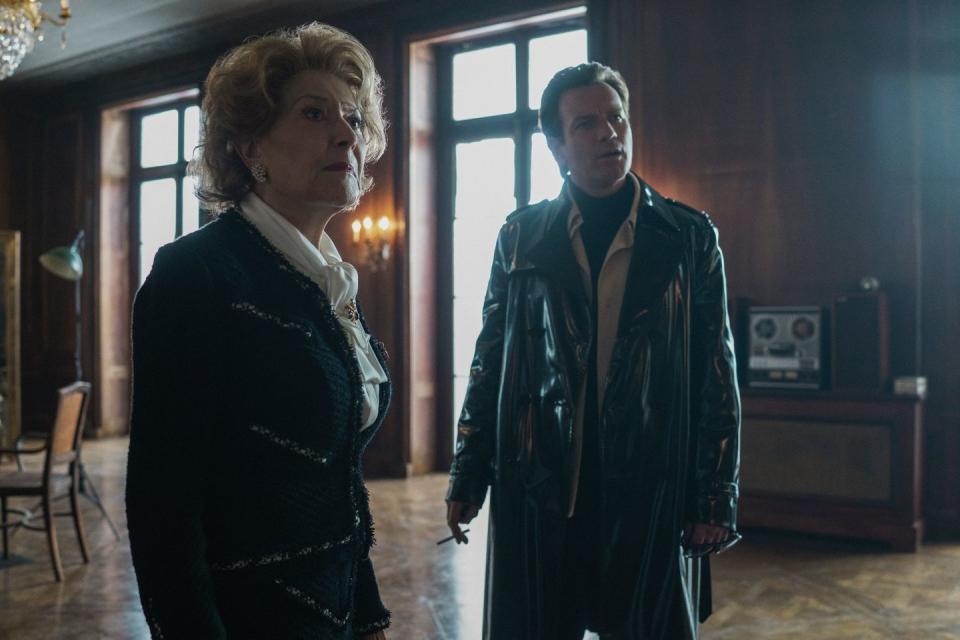
Known for founding New York Fashion Week, the Council of Fashion Designers of America, and the Met Gala, Lambert's tour de force was arguably the competition of French designers against US designers at the former royal residence of Louis XI, which went on to set a precedent for the future of ready-to-wear and diversity on the catwalk.
She backed Halston as one of the greatest artists of his time, and believed he should be recognised as such by his international peers. The Battle of Versailles was the event to showcase his talents.
How the Battle of Versailles came to be and the designers who took part
Eleanor Lambert and the Palace of Versailles curator Gerald Van der Kemp came up with an event that would restore the dilapidated walls of the palace and display designs by some of America's most talented yet underrated designers alongside their French counterparts. The extravaganza would also include some of the best entertainers to hail from Europe and the United States. Liza Minelli, a close friend and confidante of Halston's, was supporting the American designers with a string of performances.
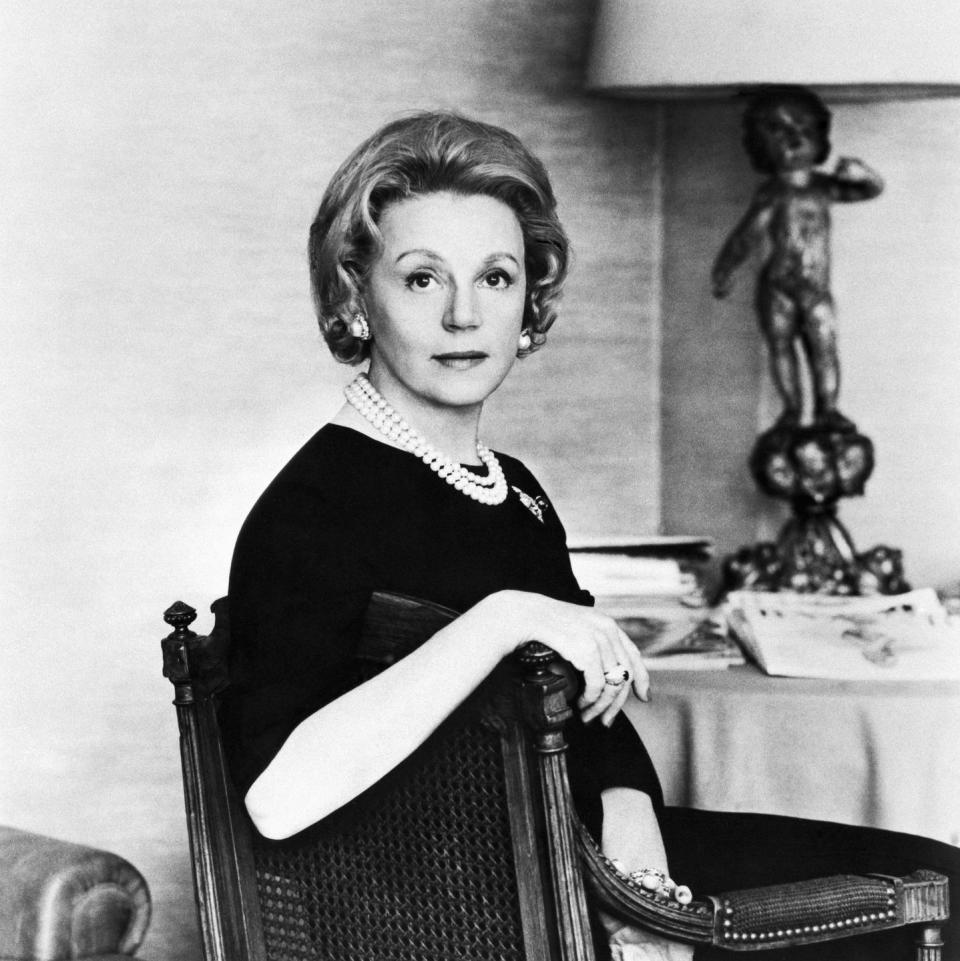
Representing the US were Oscar de la Renta, Bill Blass, Anne Klein, Halston and Stephen Burrows. Klein was accompanied by a then 25-year-old Donna Karan, who was acting as her assistant at the time.
The French designers were Yves Saint Laurent, Hubert de Givenchy, Pierre Cardin, Emanuel Ungaro, and Christian Dior’s Marc Bohan.
Robin Givhan, who wrote The Battle of Versailles: The Night American Fashion Stumbled into the Spotlight and Made History, described the Americans being invited to share the same stage as the French as 'really notable'.
Givhan told Harper's Bazaar US: 'Not only was the French fashion industry overwhelmingly dominant, the American fashion industry quite literally copied French designs. It wasn't secretive, it wasn't on the fly. It was done in a way that was completely condoned by the French fashion industry. American companies paid a fee for the right to copy French designers.'
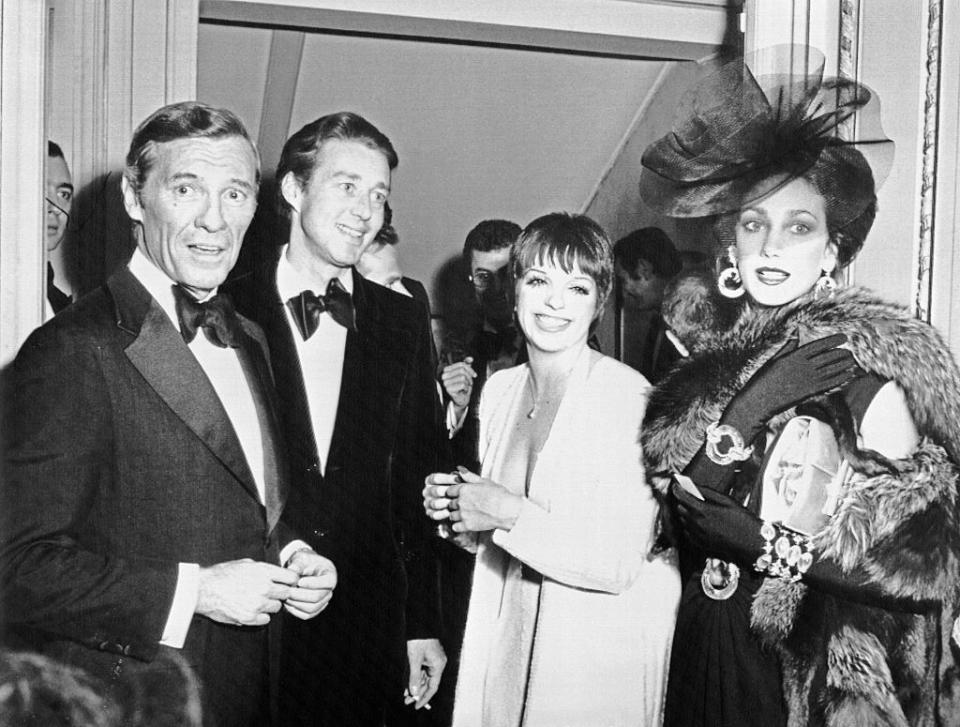
The day before the extravaganza was due to take place, there were a number of issues brewing backstage for the American designers, which is also detailed in Ryan Murphy's drama. The rooms the US designers were allocated were cramped and dilapidated, and much inferior to the ones the French were given. French designers were also monopolising rehearsal time.
This upset Halston - who was accustomed to working in an environment crowded with orchids - as did discovering that he would not be closing the show (he was in fourth place). Oscar de la Renta was given the honour instead, which would be concluded by a final performance from Liza Minelli. Not only that, but it was also rumoured that de la Renta had only agreed to take part in the show on the condition that Halston wouldn't be closing it.

Minelli, who had recently won an Academy Award for Cabaret, had to give him a private pep talk to rouse him out of his sulk. (Halston is uncredited as a costumer for Cabaret; he redesigned the entire wardrobe for Minelli after she called him and told him she didn't feel comfortable in any of her costumes.)
Halston got his act together, and the show went on.
The guests and the performers
The stars in the audience of the palace's theatre included Princess Grace of Monaco, Elizabeth Taylor, Jane Birkin, Andy Warhol and Christina Onassis, with French socialite Marie-Hélène de Rothschild hosting the event.
American-born French entertainer and civil rights activist Josephine Baker opened the show for the French camp, which began their two-and-a-half-hour performance.
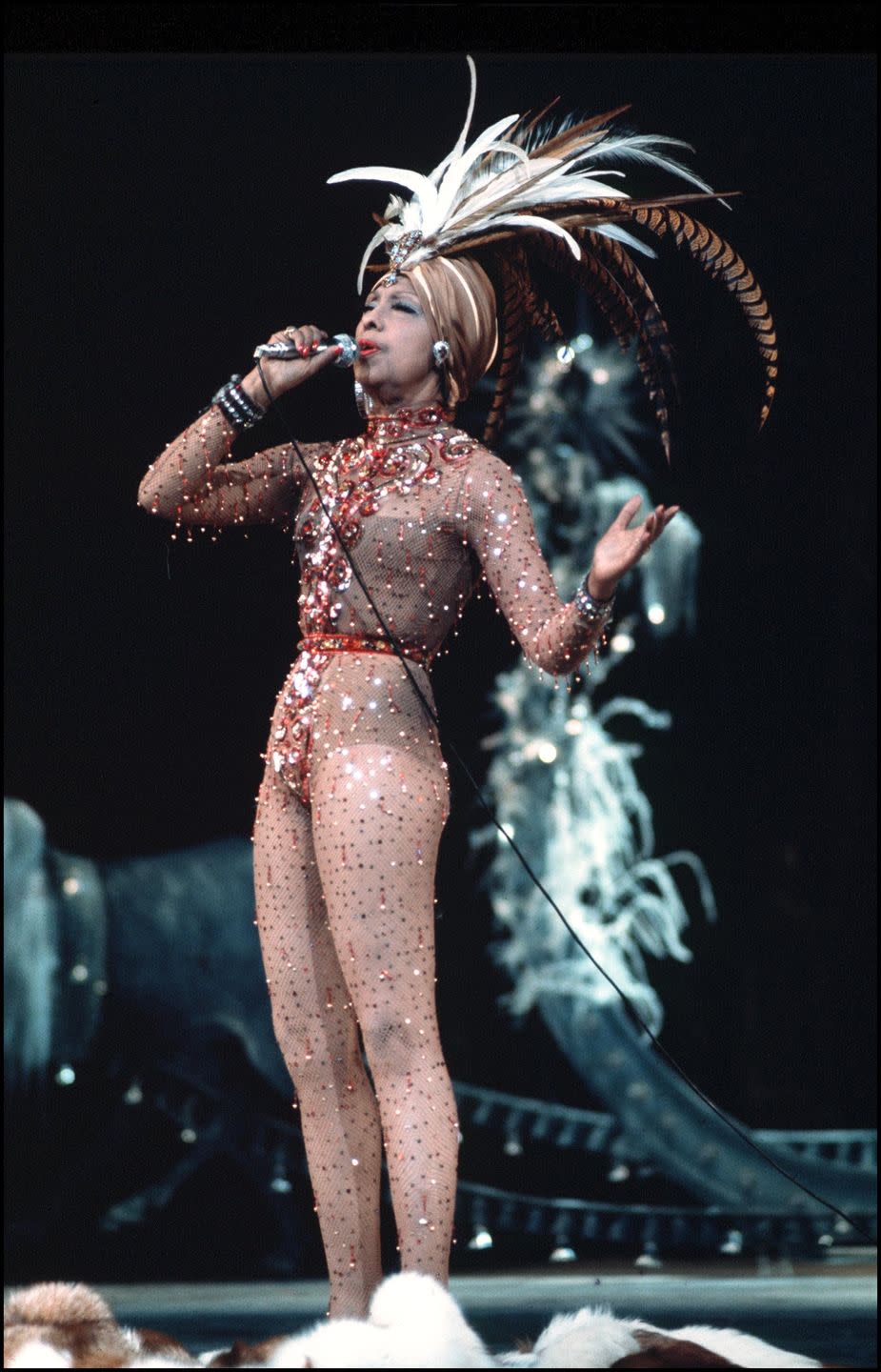
The show the French put on was widely considered stuffy, oppressive and overly formal, much like many of their couture designs. According to Women's Wear Daily, Cardin had a rocket ship on stage, Dior a lavish, pumpkin-shaped carriage, YSL a 'mile-long Bugatti chugging on stage', and Ungaro, a rhinoceros pulling a gypsy cart.
They were 'aiming for something Marie Antoinette would have recognised,' Givhan explained.
The Americans' presentations were reportedly more progressive, inclusive and contemporary - which fit neatly with their ready-to-wear designs and their ethos of fashion 'as a kind of entertainment and a women's freedom to choose her own style of dress'.
WWD added: 'The American segment pulsed with the vibrancy of the groovy disco era, and a more liberated view of femininity.'
Minelli brought the razzle and dazzle of Broadway to their shows, which were also minimal and sparse, putting the emphasis on their designs and the models, rather than any elaborate sets.
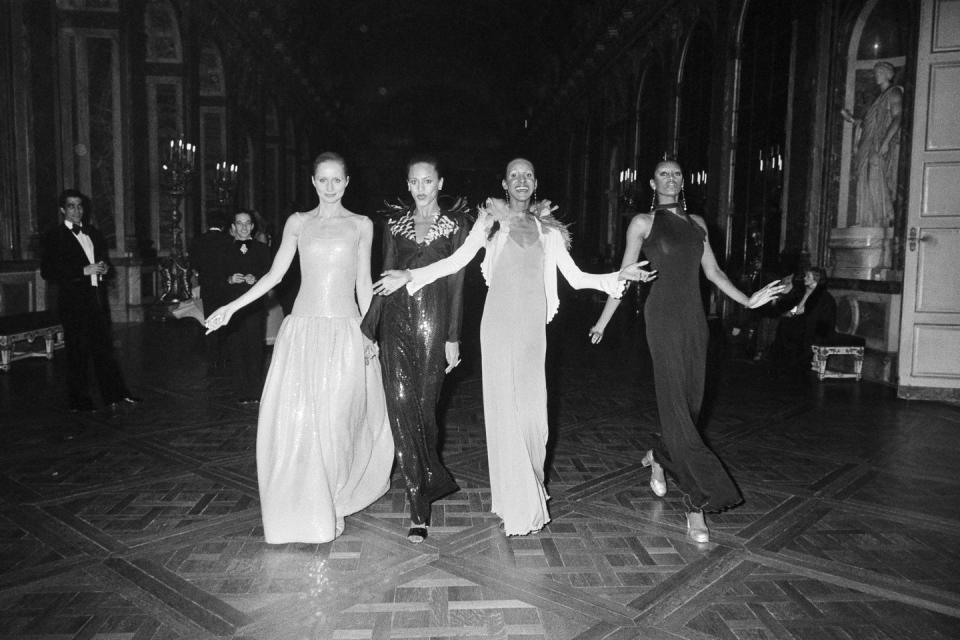
The US also had an edge over the French with their inclusivity, using 11 Black models. The models were Pat Cleveland, Alva Chinn, Billie Blair, Bethann Hardison, Jennifer Brice, Norma Jean Darden, Charlene Dash, Barbara Jackson, Ramona Saunders, and Amina Warsuma. This was unusual for the era.
'I would like to say that it also did more for diversity than people want to say,' executive producer of the Battle of Versailles documentary Susan Hootstein previously told The Cut. 'For what that was: having 11 African-American women representing the modelling industry — forget America — among all of these snooty snobs, and right after the civil rights movement.'
Model Cleveland added that the event brought these models into the mainstream, telling InStyle: 'After [Versailles] they couldn't get enough of those girls. It was mostly 7th Avenue girls that were coming to Europe after '73, and they were very welcomed. Things were changing. It all had to do with the music, dancing and the fun that people were having. It brought a liveliness to everything instead of just being in a couture house that was very silent; ladies having tea and looking at girls walking around the room.'
Although many had sneered behind the backs of the American designers taking part, the US conquered the battle against the French, and were finally embraced and respected by the rest of the world. Exactly as Eleanor Lambert had planned all along.
Halston is available to stream now on Netflix.
Like this article? Sign up to our newsletter to get more articles like this delivered straight to your inbox.
In need of more inspiration, thoughtful journalism and at-home beauty tips? Subscribe to ELLE's print magazine today! SUBSCRIBE HERE
You Might Also Like


